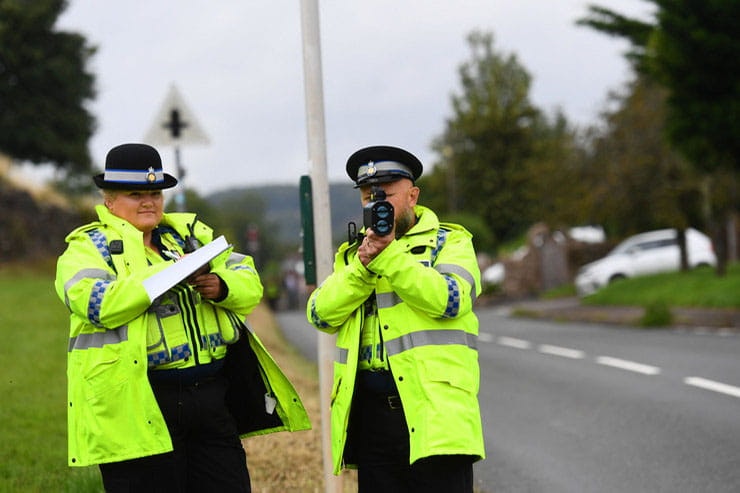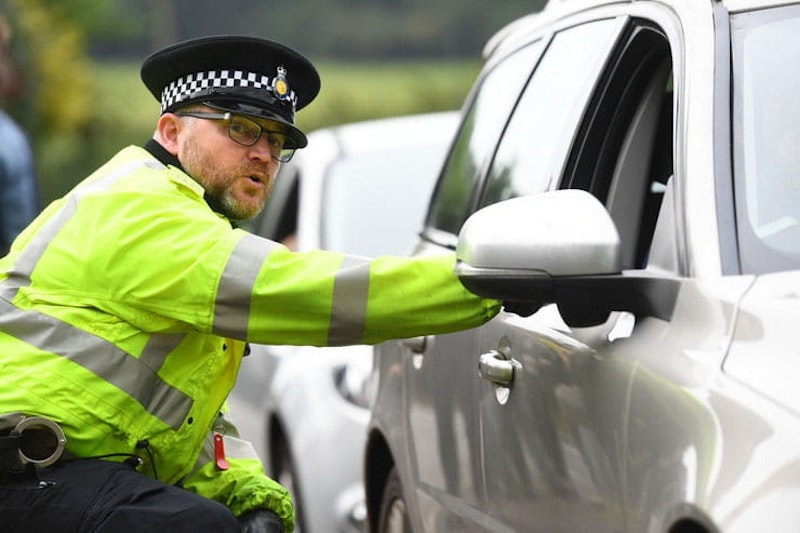20mph limits in Wales – three months on
By Ben Purvis
Motorcycle Journalist
25.01.2024
Three months on from the controversial adoption of default 20mph speed limits across Wales on 17 September 2023 an independent analysis has provided an update on how they’re affecting typical speeds and whether road users are complying with them.
And it’s a mixed bag. Speeds have dropped across the areas that are being monitored but they’ve risen slightly compared to immediately after the introduction of the limits. What’s more, the average speed on those monitored routes is now above the speed limit – meaning that a majority of road users are now speeding, where they were previously typically well below the limit.
Analysts at Agilysis teamed up with TomTom to create the new report, following on from a similar one carried out immediately after the new limits were introduced last year. Keeping tabs on 310 miles of Welsh roads in 10 town and city areas that have dropped from the previous 30mph limit to the new 20mph rule, it shows that the average measured speed – which was 19.8mph just after the introduction of the new limits – has risen a fraction to 20.3mph.
The speeds are measured using data from connected vehicles that anonymously upload speed and location information to TomTom’s servers, rather than by measuring the speeds of all vehicles. Even so, it’s still broad enough to be a representative sample.
One of the key takeaways of the information is that even before the 20mph limits were introduced, road users weren’t far from that figure. Under the 30mph regime, average speeds in the measured areas were only 22.7mph – low enough that, even with 20mph limits, they’d fall below the threshold for speeding fines. So the new limits brought about a 2.9mph drop in speeds. Three months on, that difference has reduced to 2.4mph.
That might seem insignificant, and in terms of journey times it probably is. But it could still have a disproportionately large effect on casualties. Global Road Safety Facility research indicates that a 3mph reduction in average speed would result in a 32% reduction in the number of people killed and a 25% drop in serious injuries. It’s still too soon to see whether those numbers are accurately reflected in Welsh road casualty stats but there’s sure to be laser-focussed attention on those numbers from across the country when they become available. If the results come close to the indicated figures, we’re likely to see increased pressure for the adoption of similar measures elsewhere in the UK.
It's not likely to happen under the current government as PM Rishi Sunak has been aiming to position himself as a champion of the motorist, but with a General Election expected later this year and polls predicting a Labour landslide, that’s likely to change.
Despite the outcry in against the 20mph limit from some quarters the new analysis shows that in the areas where it’s been implemented the overall change in average speeds has been quite minor. It’s worth bearing in mind that the ‘default’ 20mph limit only applies in places that would previously have automatically been 30mph zones – defined as “roads with streetlights spaced no more than 200 yards apart, usually located in residential and built-up areas” – so they’re not the blanket limit that some scaremongers have suggested. Some 30mph areas have kept their 30mph limits, too, where it’s deemed that 20mph is too slow. While polls carried out last year suggested a majority in Wales were against the 20mph limits, research also showed that 63% supported lowering the speed limits where they live. In other words, they want people to drive slowly past their houses, but still want to be able to drive faster past other people’s houses…
The big concern introduced by the new figures is the number of drivers who are breaking the 20mph limit, even if only slightly, where they would previously have been cruising well below the earlier 30mph. The numbers show that 52.9% of all the miles being driven in the 20mph areas are above that limit. Whether that means over half of all drivers speed all the time or all drivers speed more than half the time, it means significantly more law-breaking than before the limits were reduced. That compares to 8.4% of miles that are driven above the old 30mph limit.
At the moment, police in Wales are taking an engagement-focused approach to enforcement as part of Operation Ugain, offering ‘roadside engagement’ in the form of a 10-minute presentation as an alternative to points and a fine, at least for drivers who aren’t dangerously above the speed limit. However, that’s sure to be replaced with more conventional enforcement in the future.
The analysis shows that most of the speeding is relatively minor, with only 17.9% exceeding 26mph (the speed at which enforcement cameras would be triggered) and 5.4% above 35mph, which is the speed at which you could expect a court summons rather than a fixed penalty.
If you’d like to chat about this article or anything else biking related, join us and thousands of other riders at the Bennetts BikeSocial Facebook page.
Share on social media:

